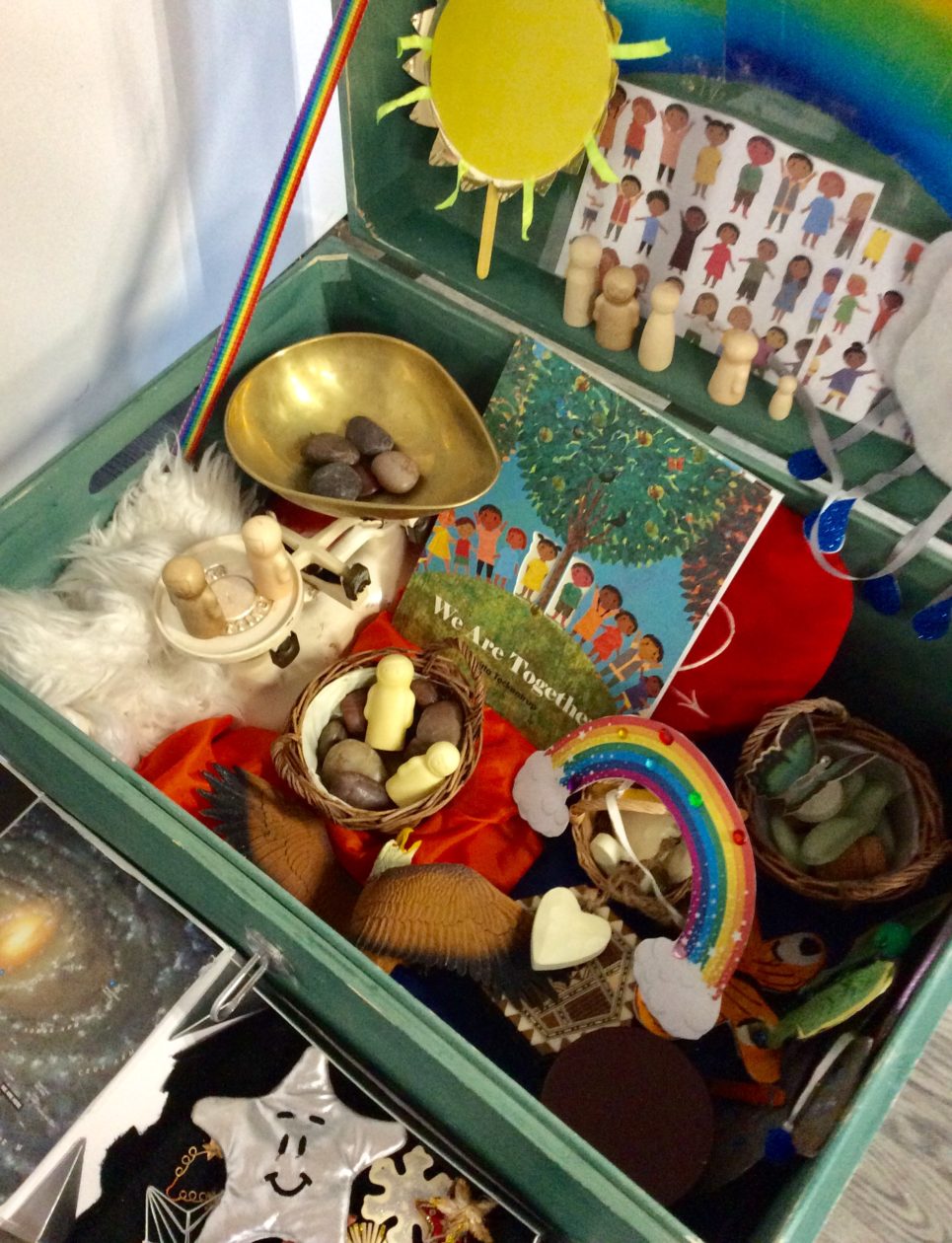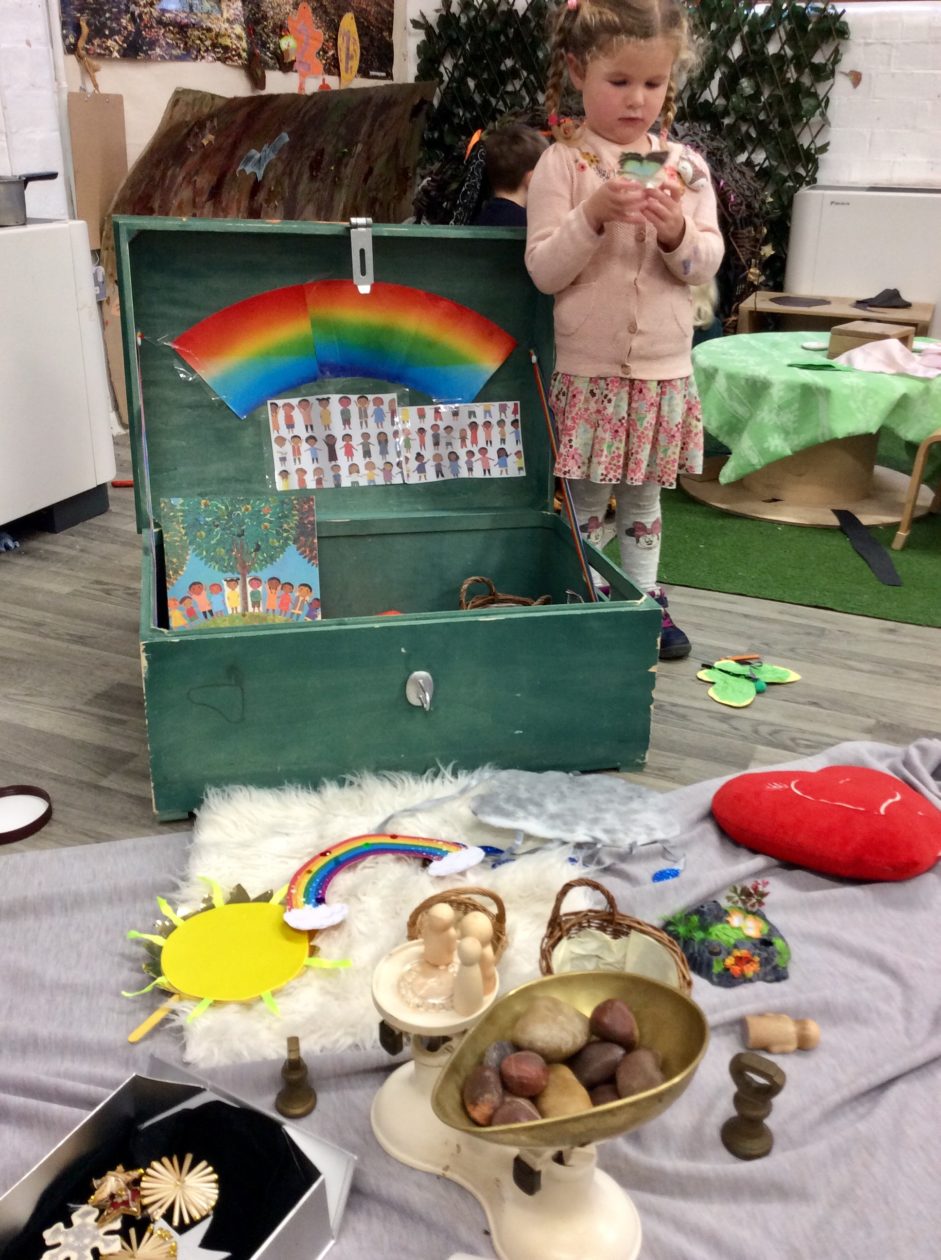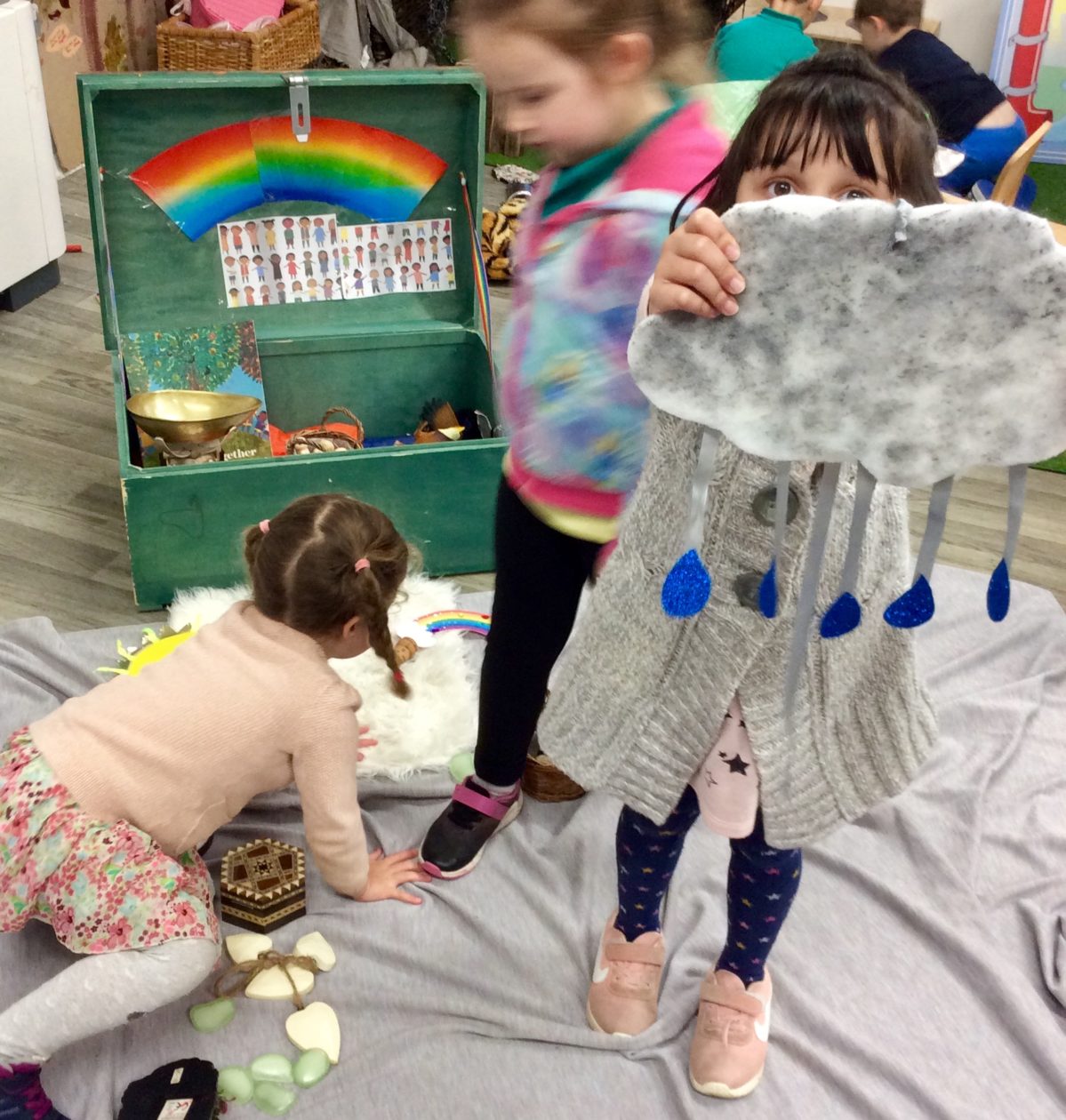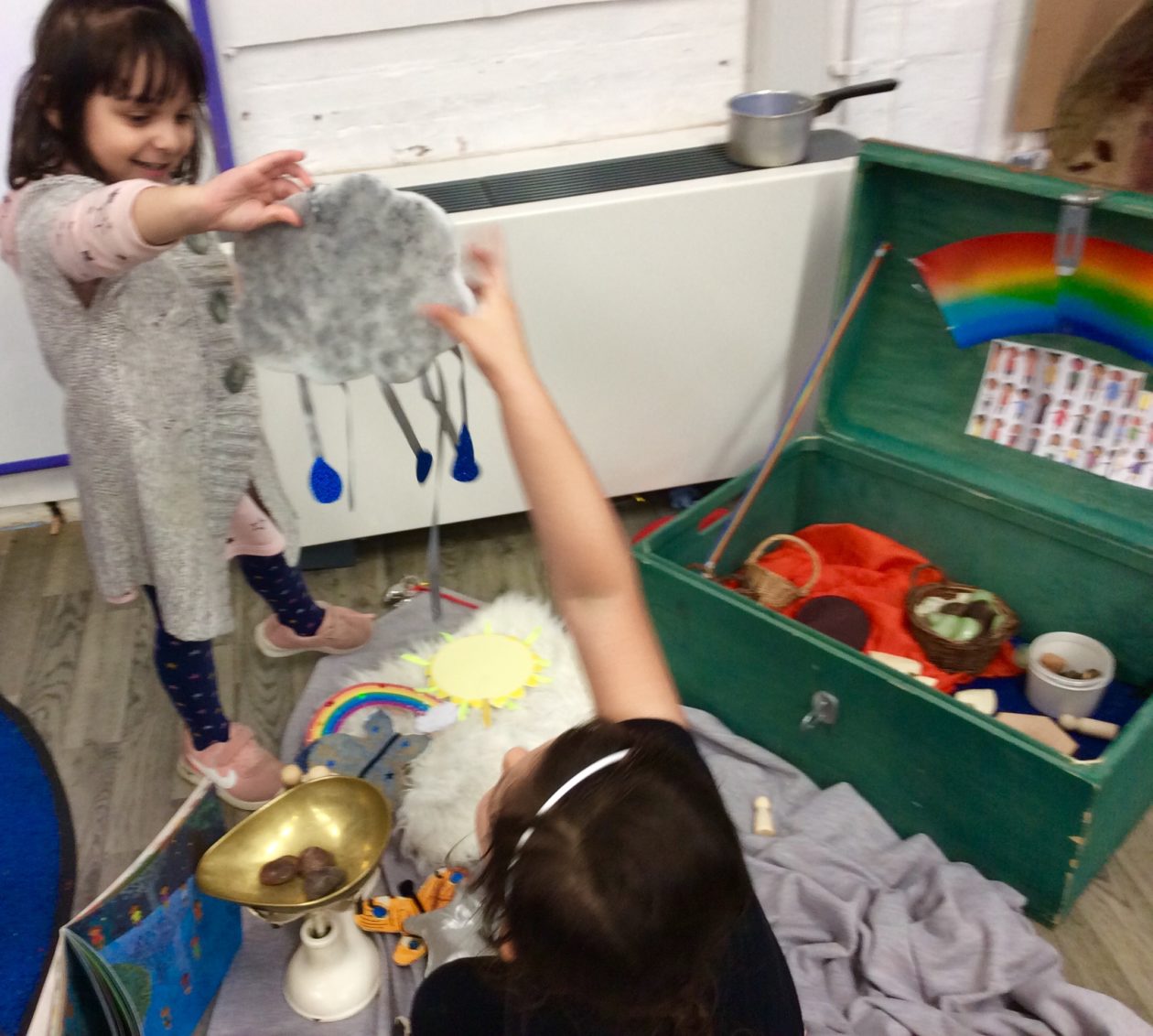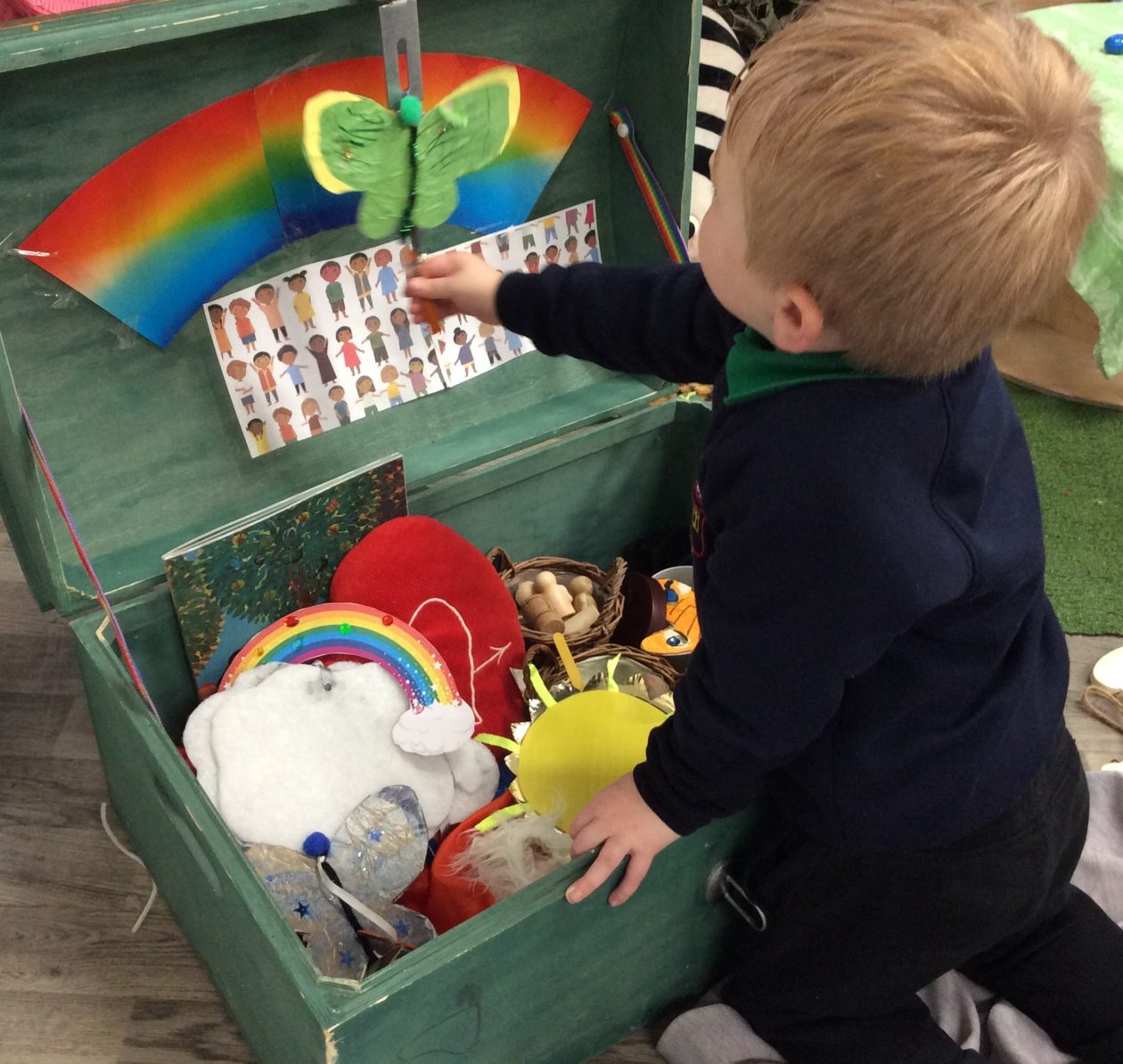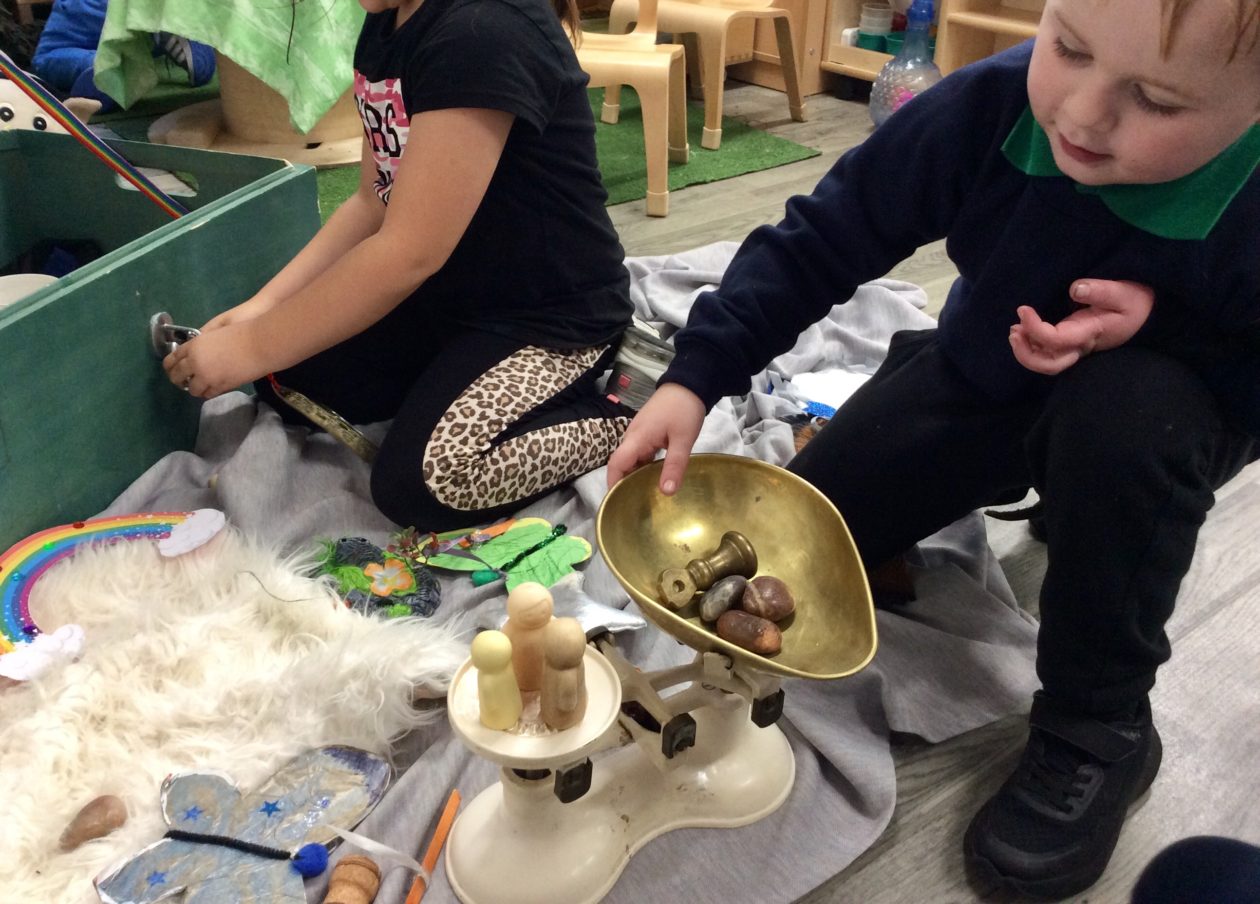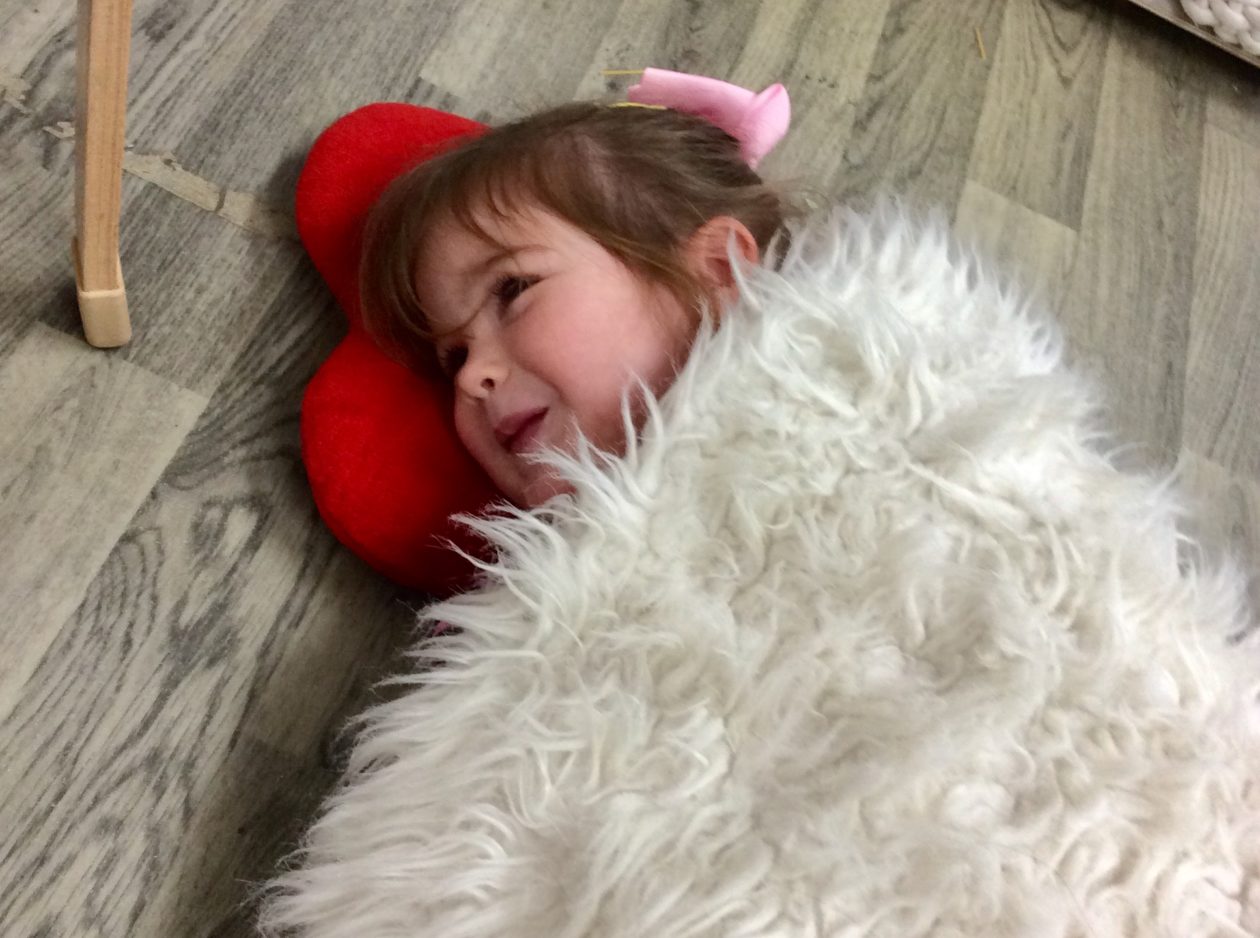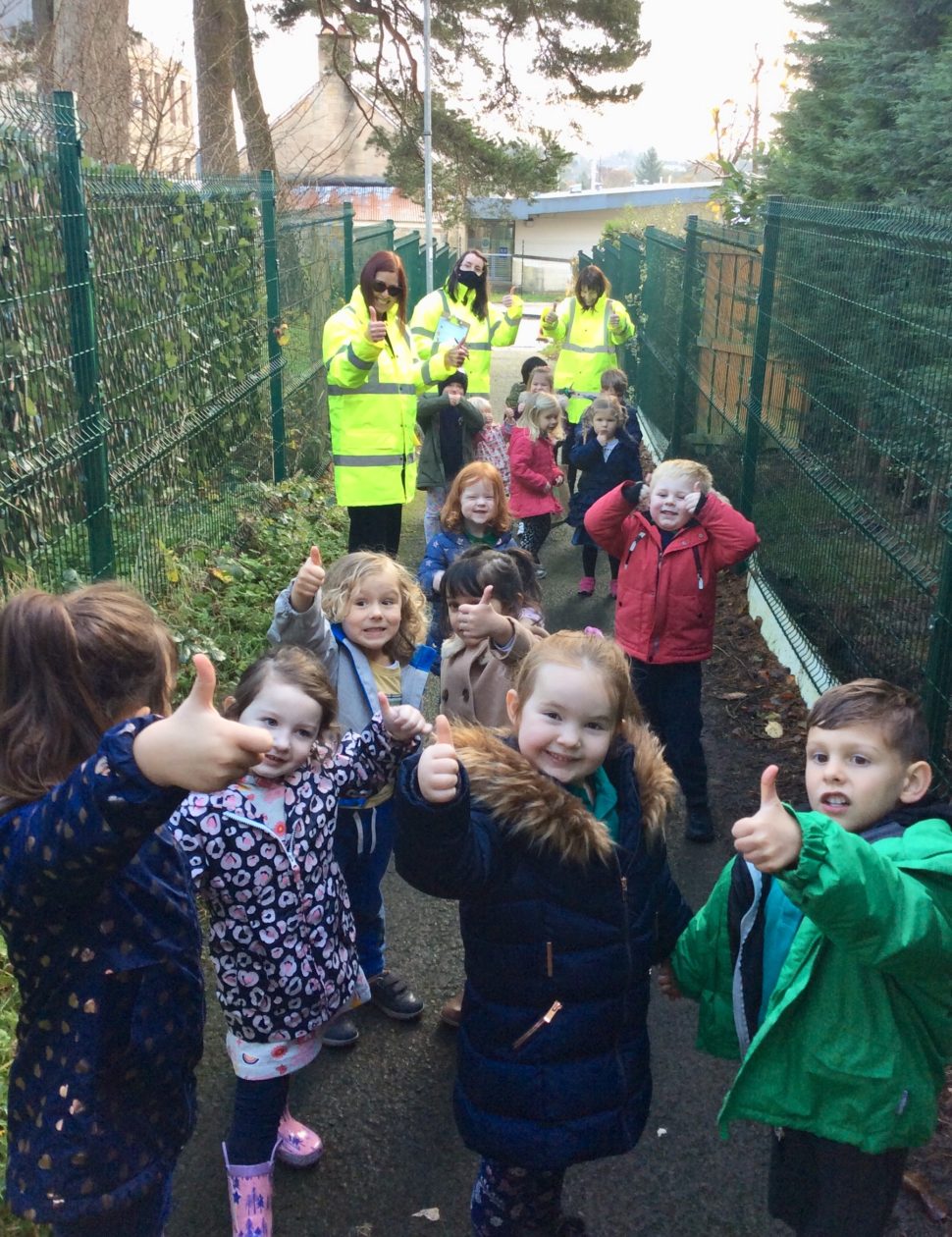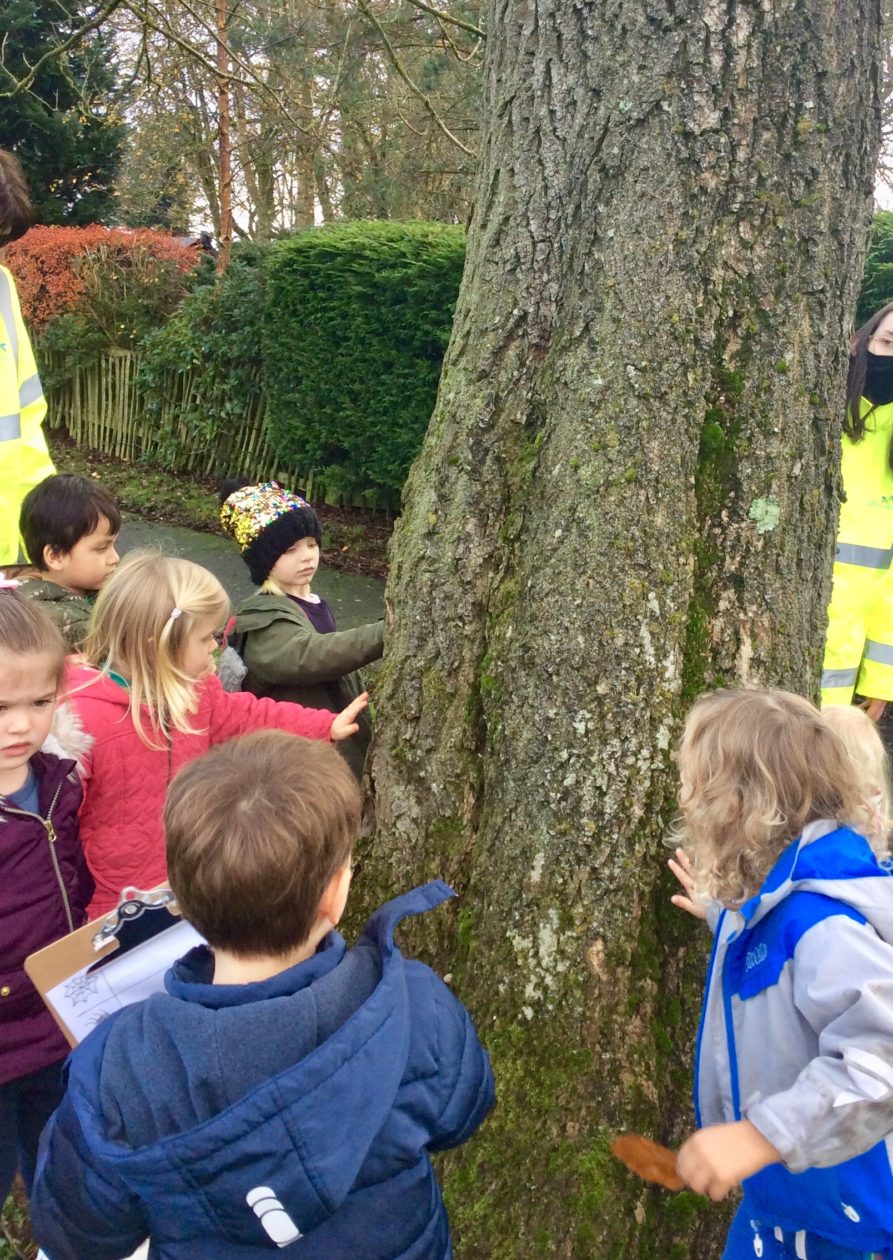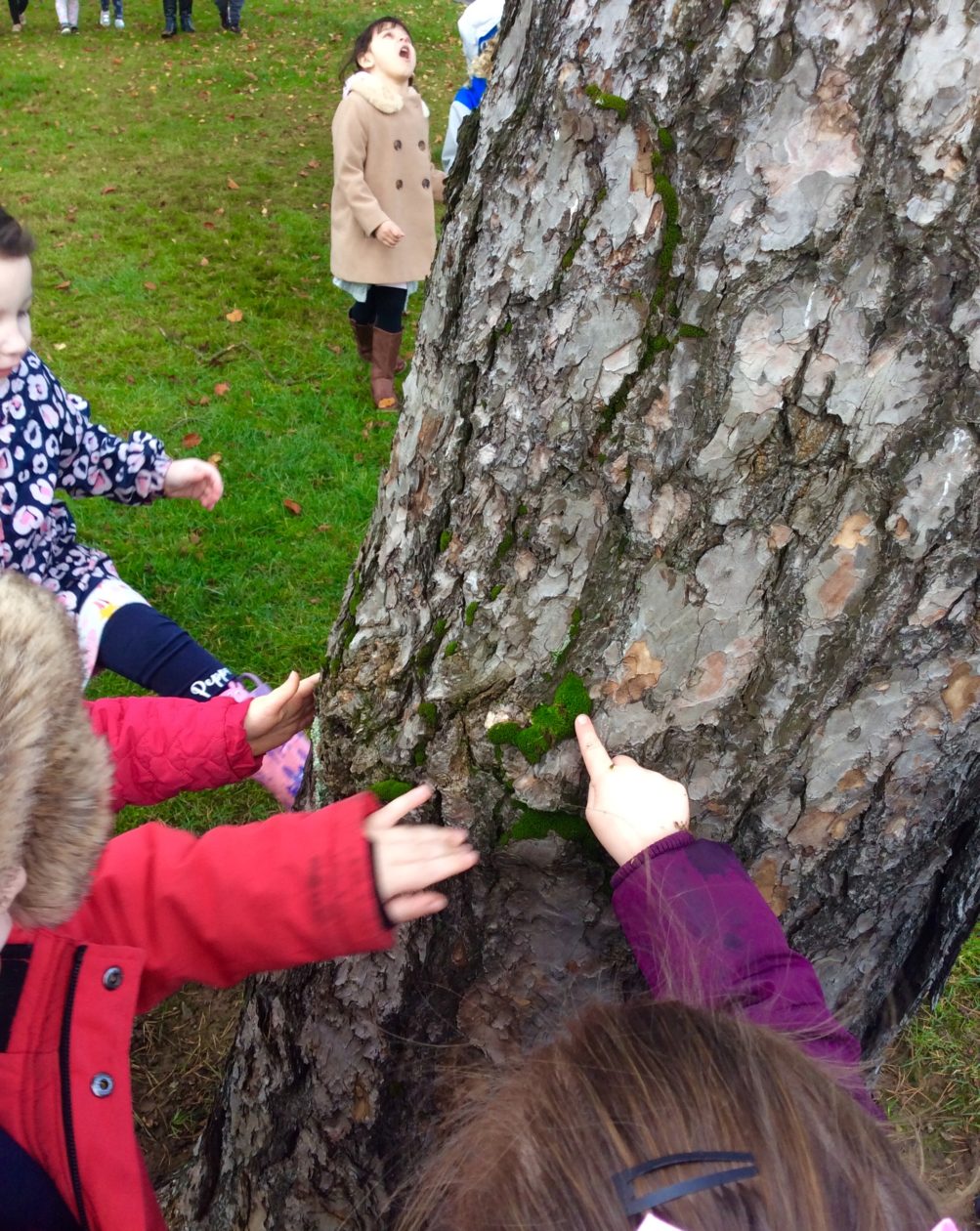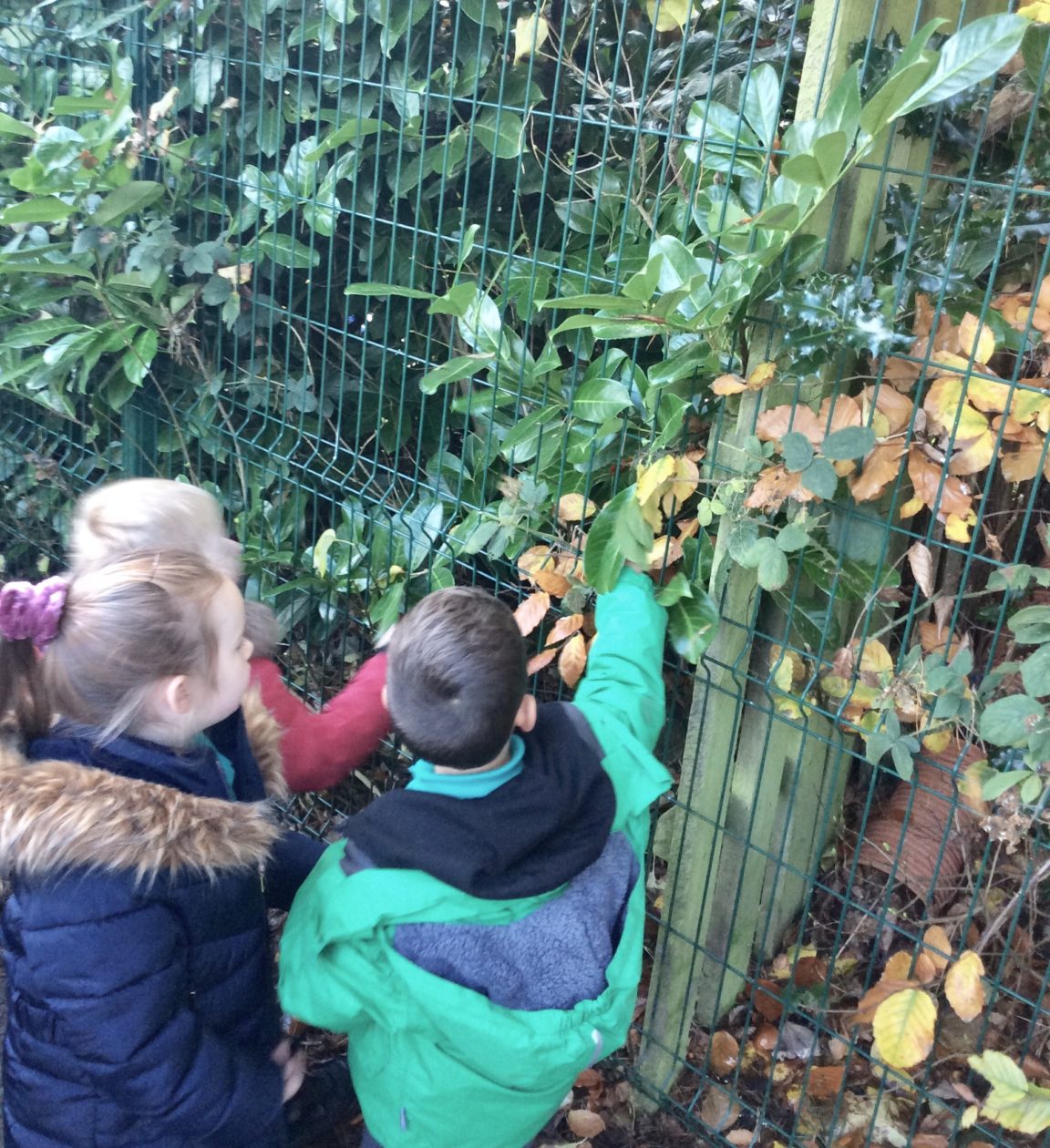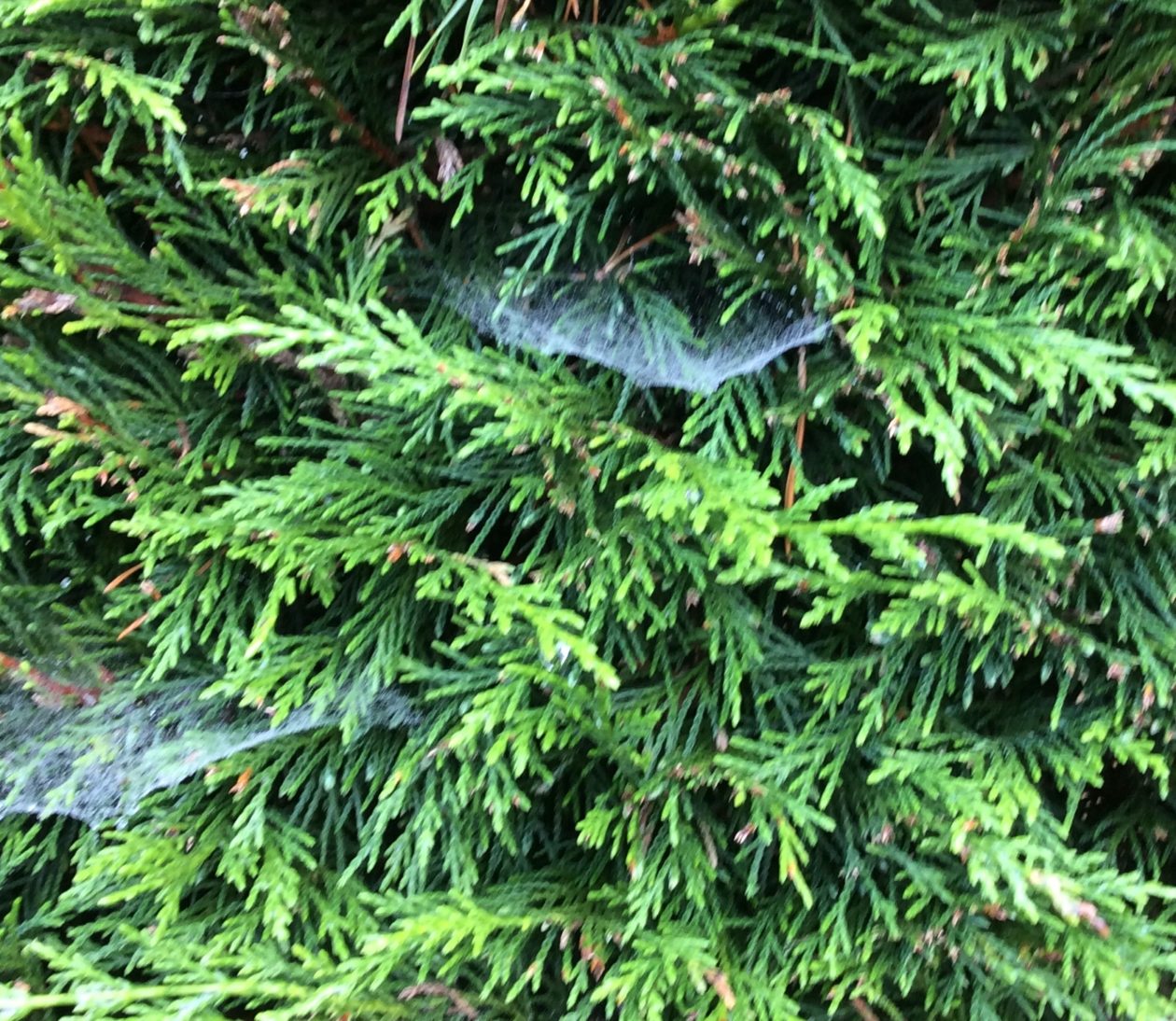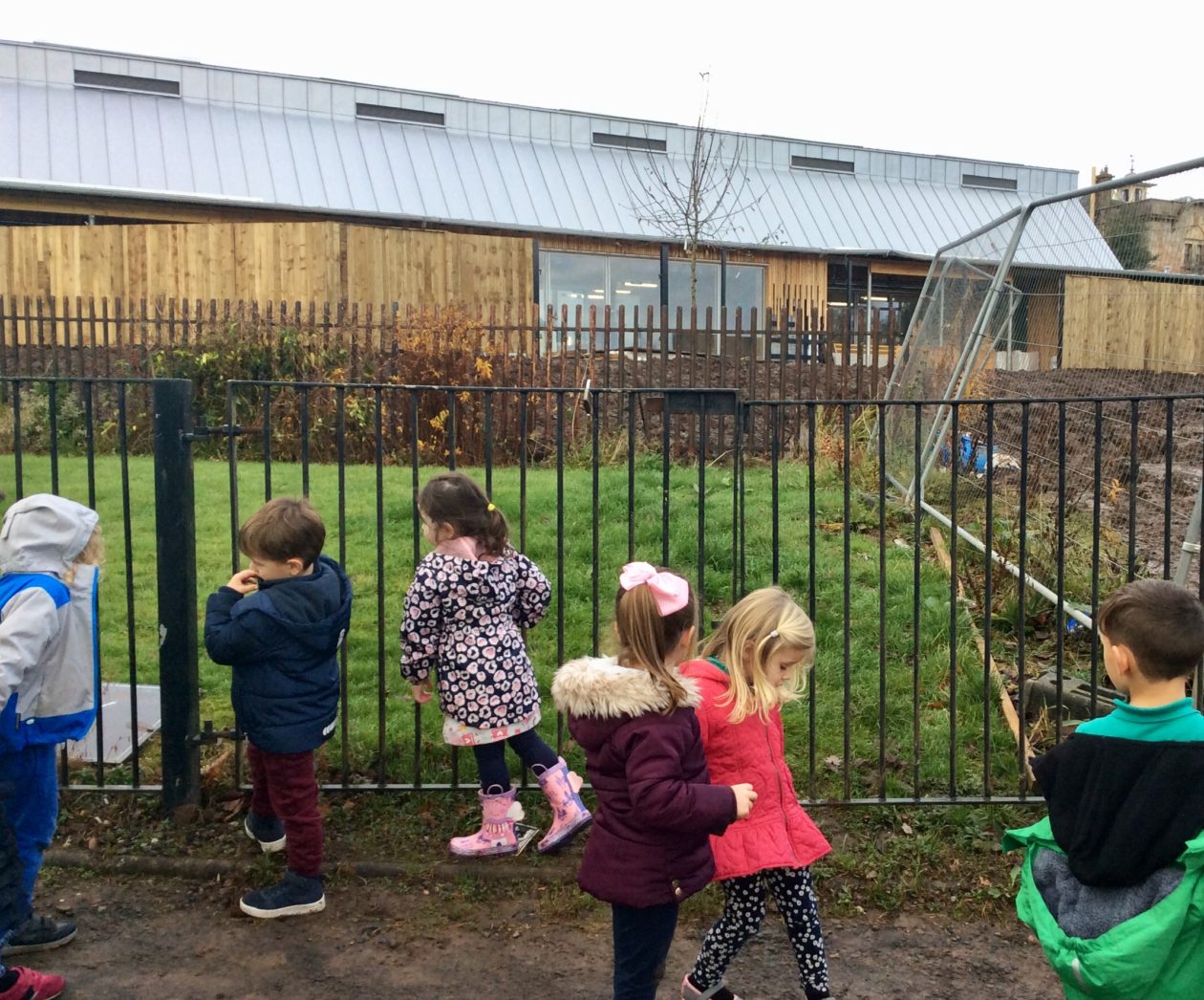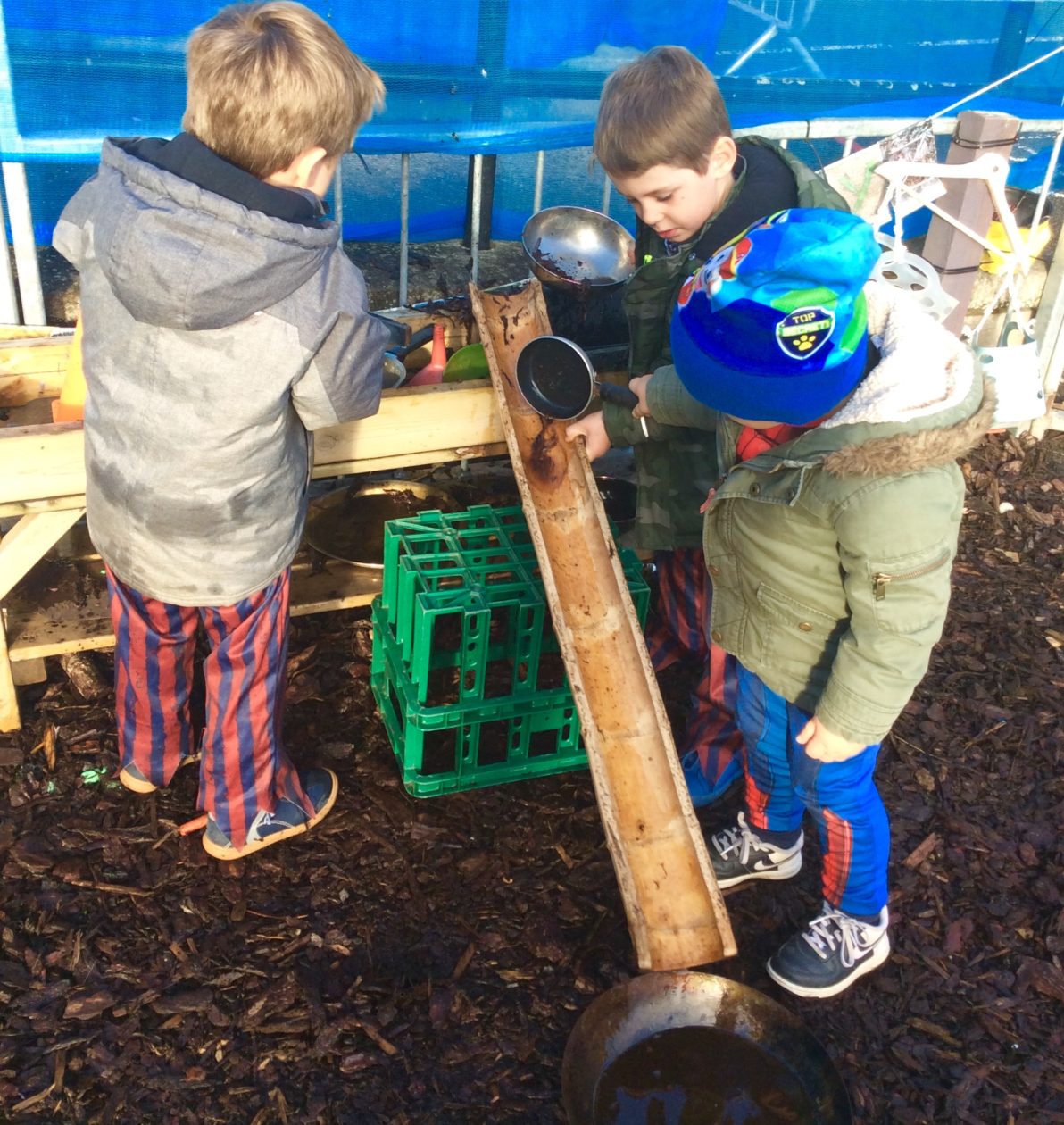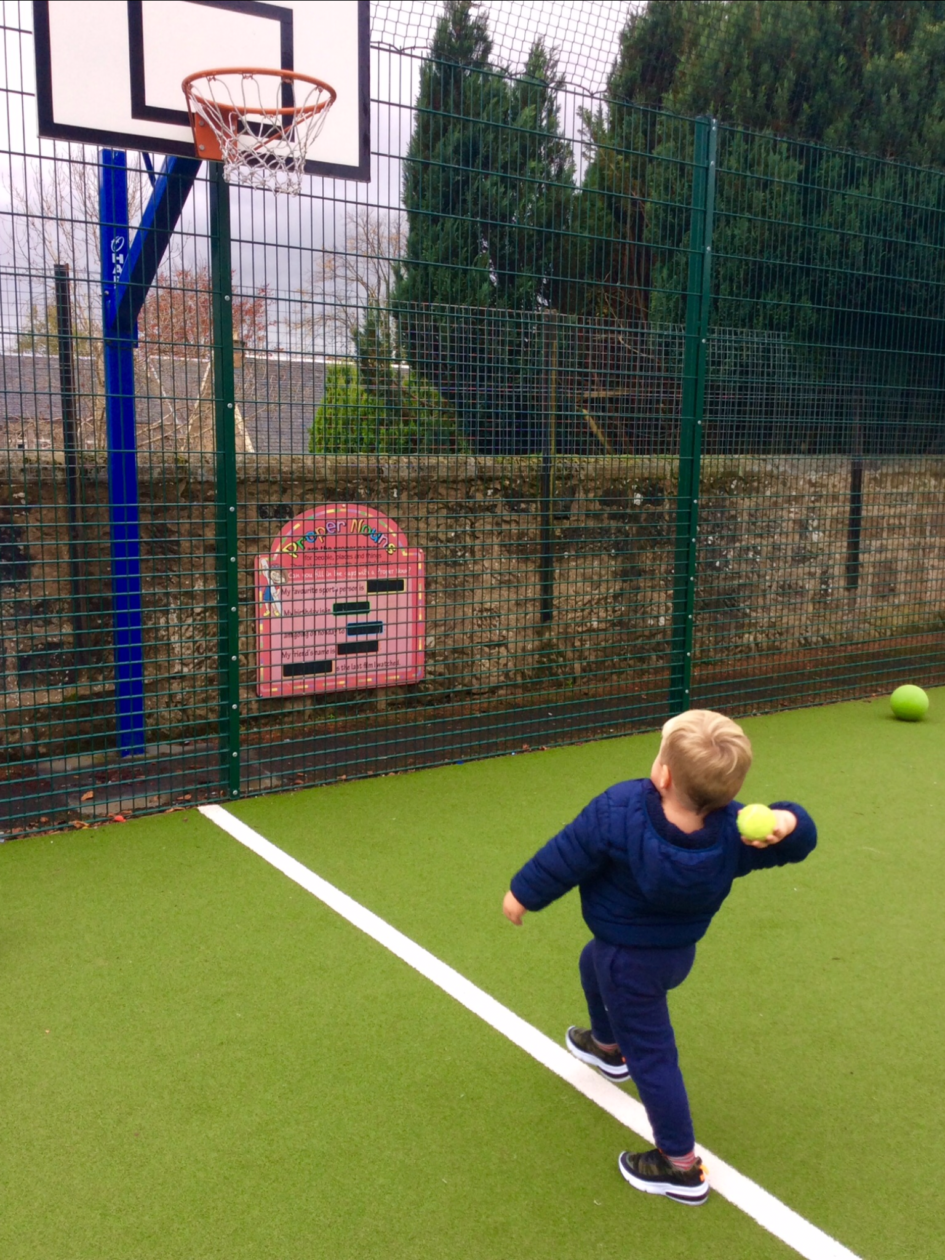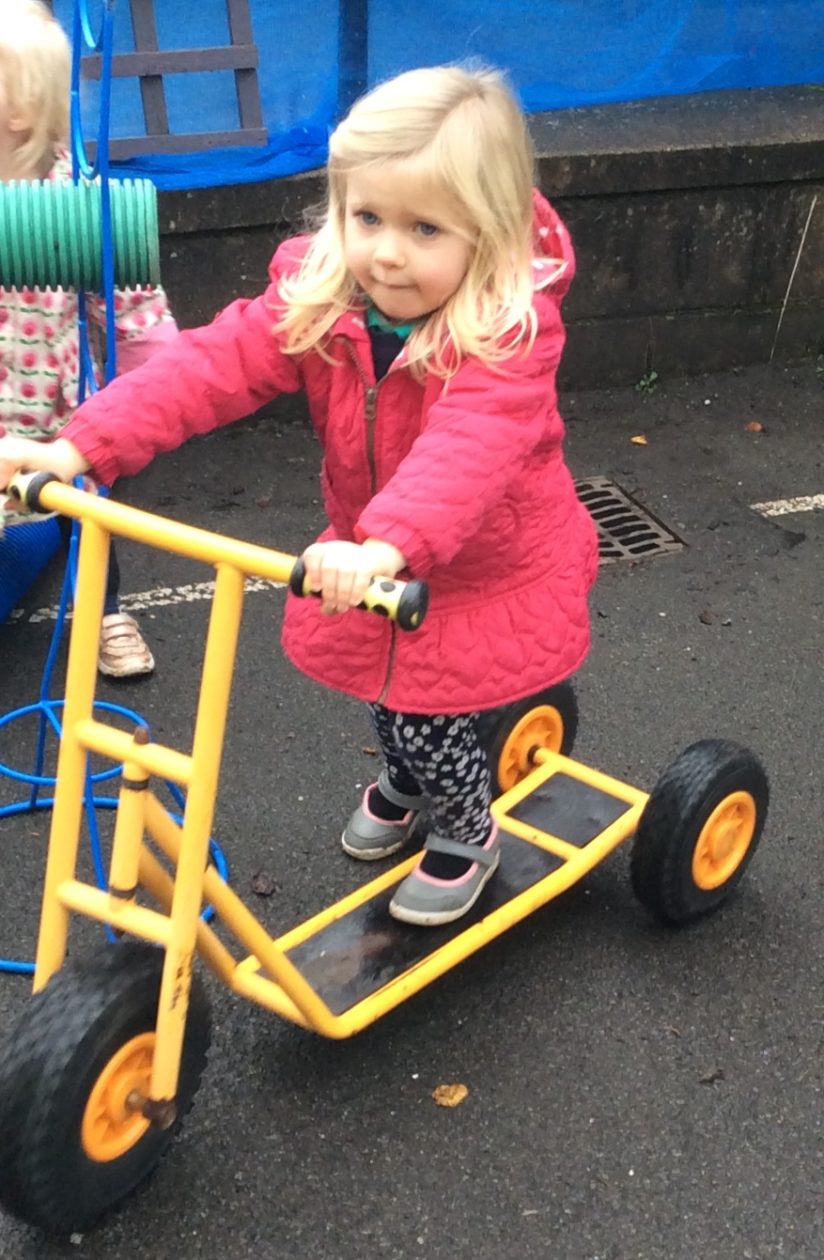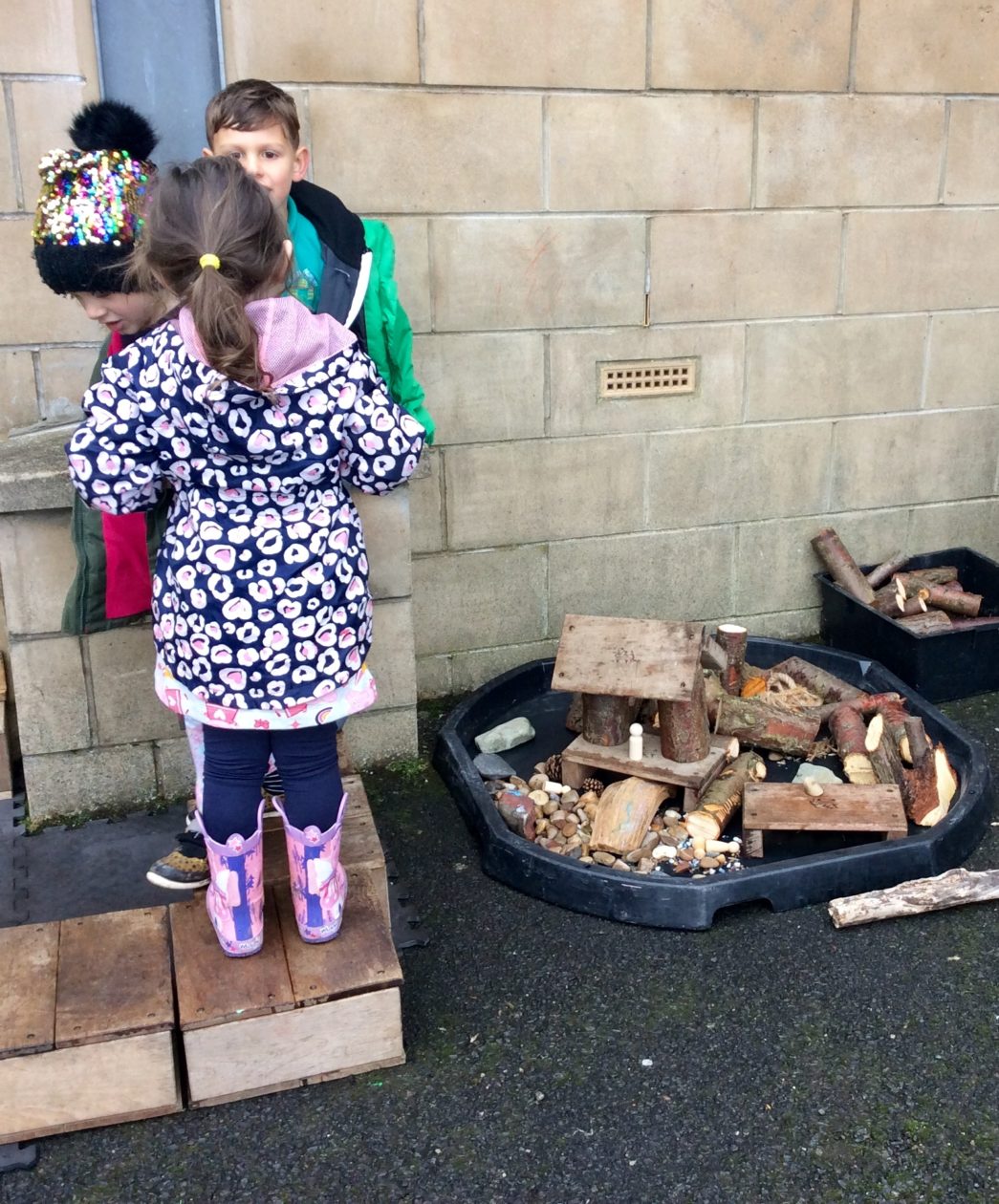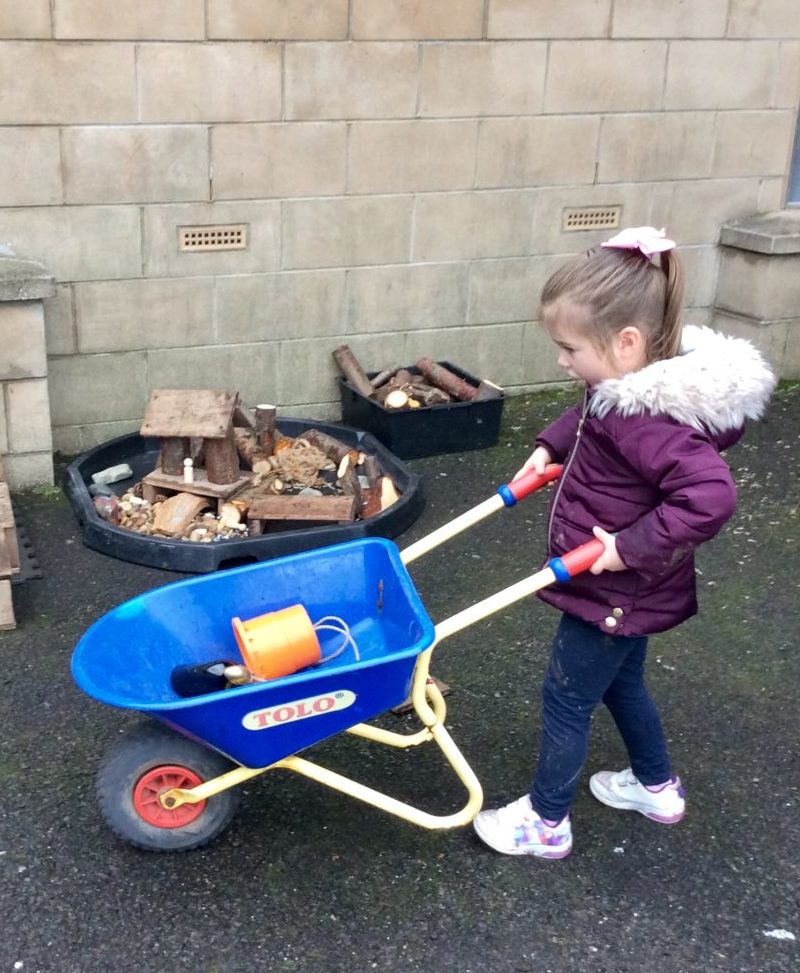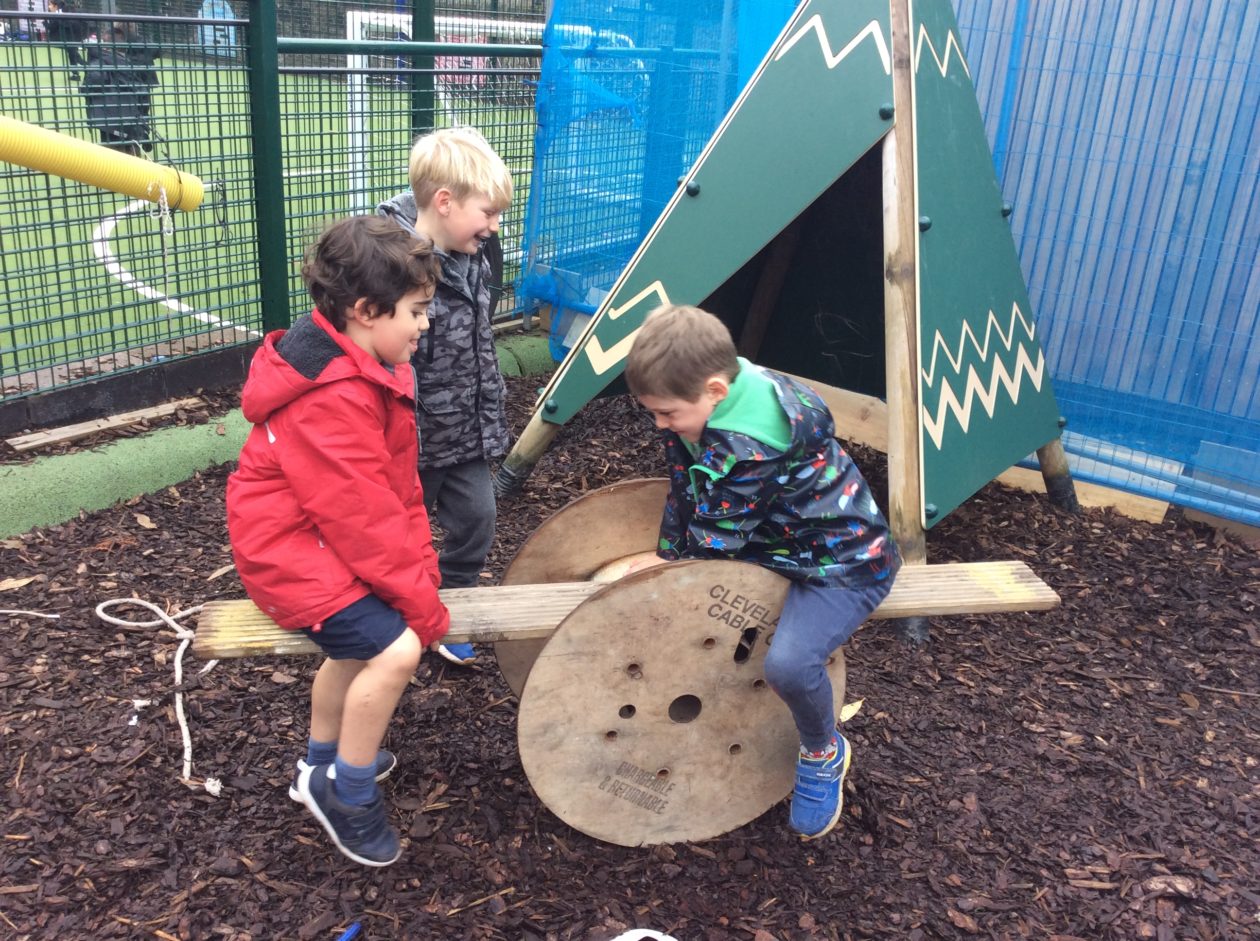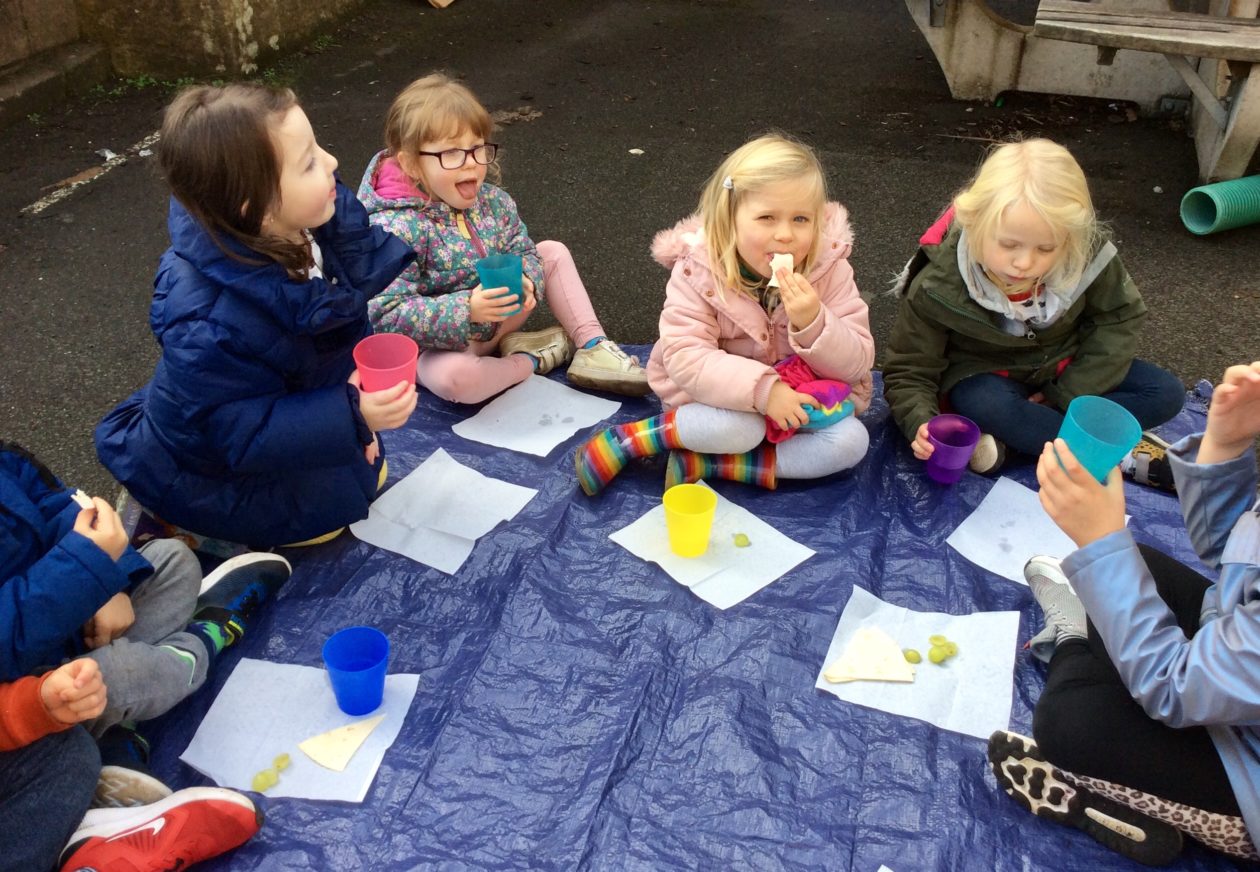Friday’s Bird is the cheeky Robin.

The Robin is many people’s favourite with its bright red tummy.
Robins are very friendly and will often come up really close to us. They sometimes follows gardeners around because when gardeners dig in the soil, they might turn up worms which Robin will then fly down and eat.
 Robins’ eggs are a creamy colour with reddish speckles.
Robins’ eggs are a creamy colour with reddish speckles.
They have many different songs and they sing for most of the year. Listen to this one singing a Winter song in a tree last week:
Bird Quiz: Let’s see if you can remember the names of the 6 birds we have looked at over the week. See if you can point to each one and say their name:

How many did you get right?
Making Bird Food
On Google Classrooms you can find a video of Mrs MacLeod showing you how to make fat balls to hang out for birds.
And here’s a great idea from Mrs Marshall of how to make bird food, using cereal:


Making a bird feeder is a great way to help out our feathered friends in wintertime. All you need is pipe cleaners/string, Cheerios/Hoops cereal, and something to hang your bird feeder with such as ribbon. Start by threading Cheerios/Hoops onto pipe cleaners/string – a great fun fine motor skills challenge (you may enjoy munching some while you thread!). Leave space at either end to twist the ends together or tie together to ‘seal’ the ends. Add a ribbon or string for hanging and your bird feeder is done. Hang and enjoy watching the birds enjoy their snack! Remember to hang them in a safe place for visiting birds, avoid low spaces where they are within a cat’s reach, and avoid open and noisy areas.
The Big Garden Bird Watch
If you are taking part in the RSPB Big Garden Bird Watch this weekend, have fun and we hope you spot something.
People who watch birds have a big long name – Ornithologist.
Sometimes they use tools like binoculars to help them spot birds. You could also take a bird book when birdwatching to help you identify birds, and perhaps some seed or raisins to attract the birds.
But really the only tools you need to watch birds are these –

– Eyes and Ears. So keep looking and listening and you can be a Young Ornithologist!


































